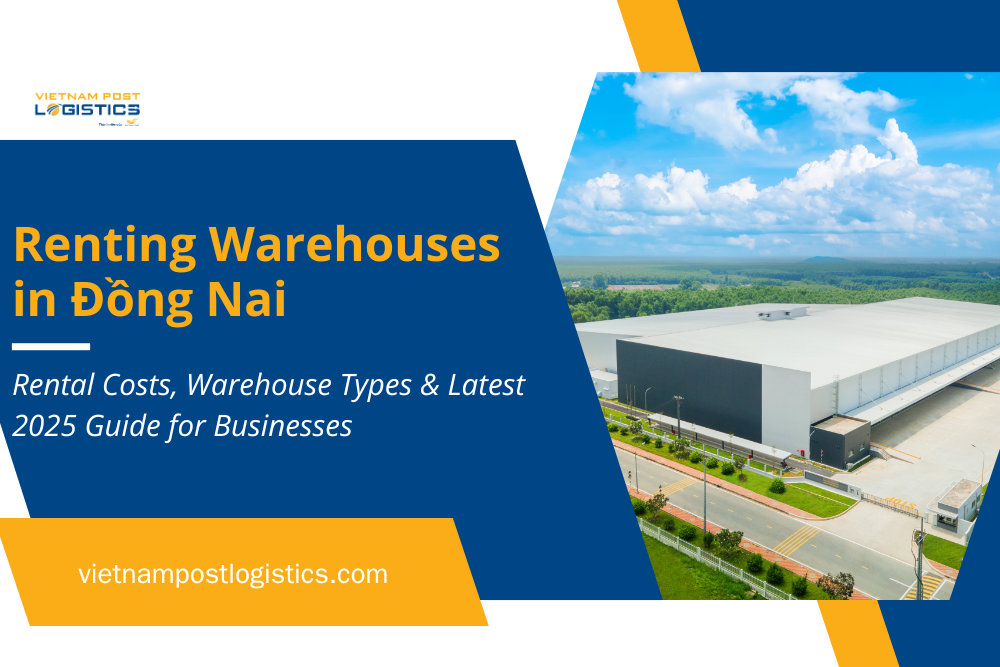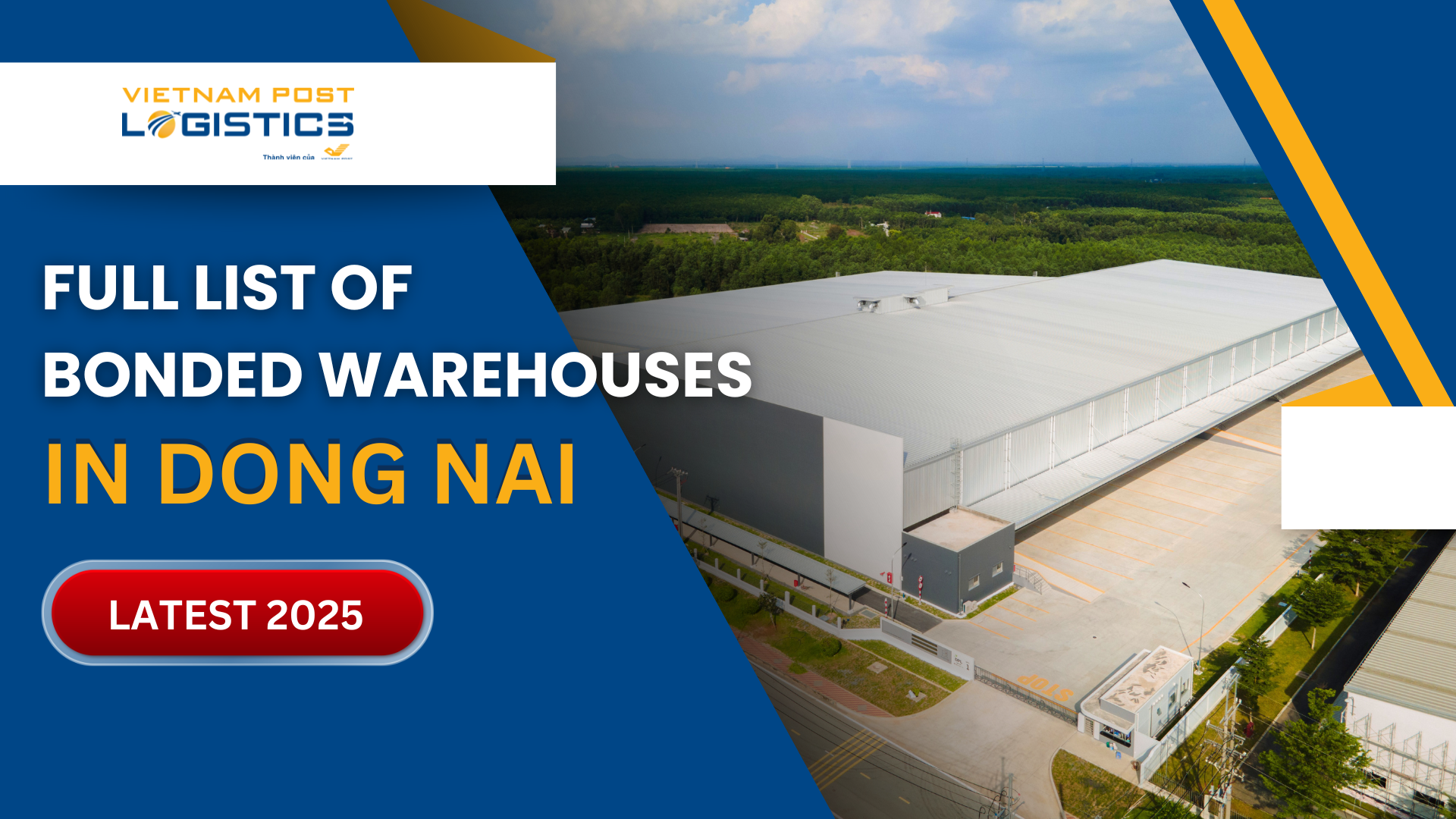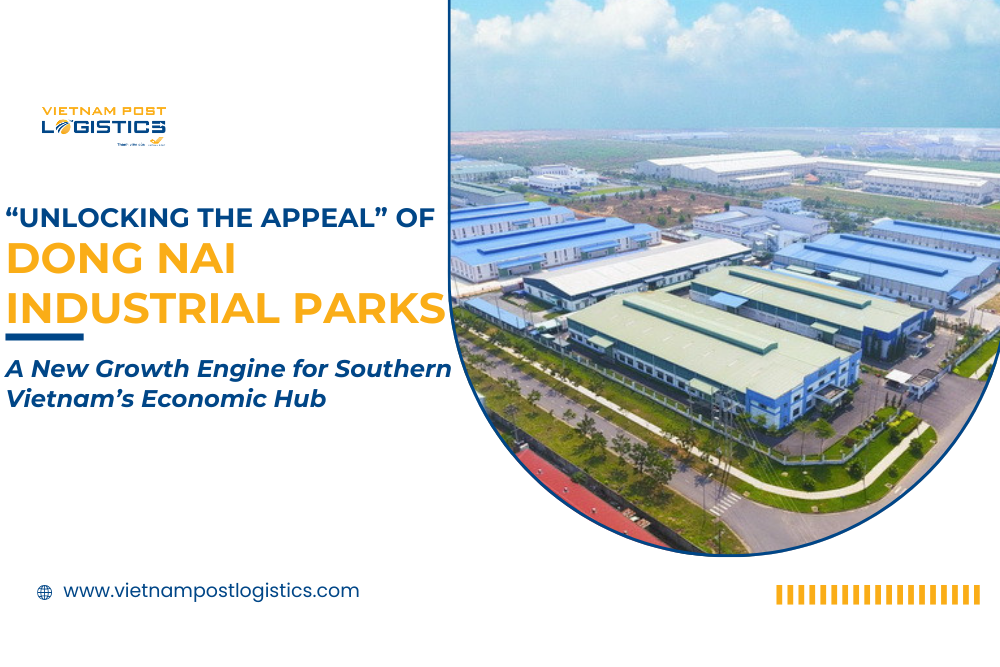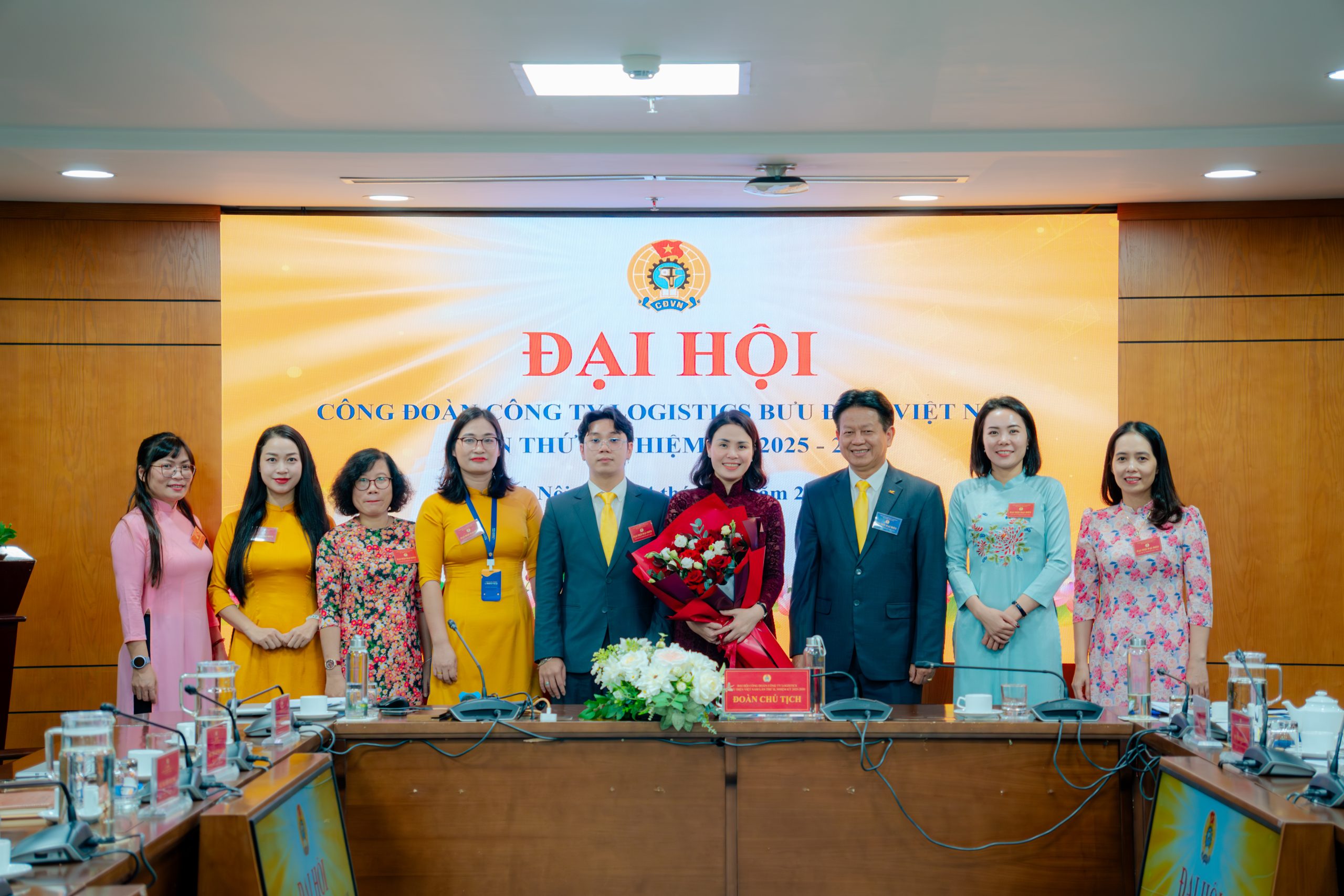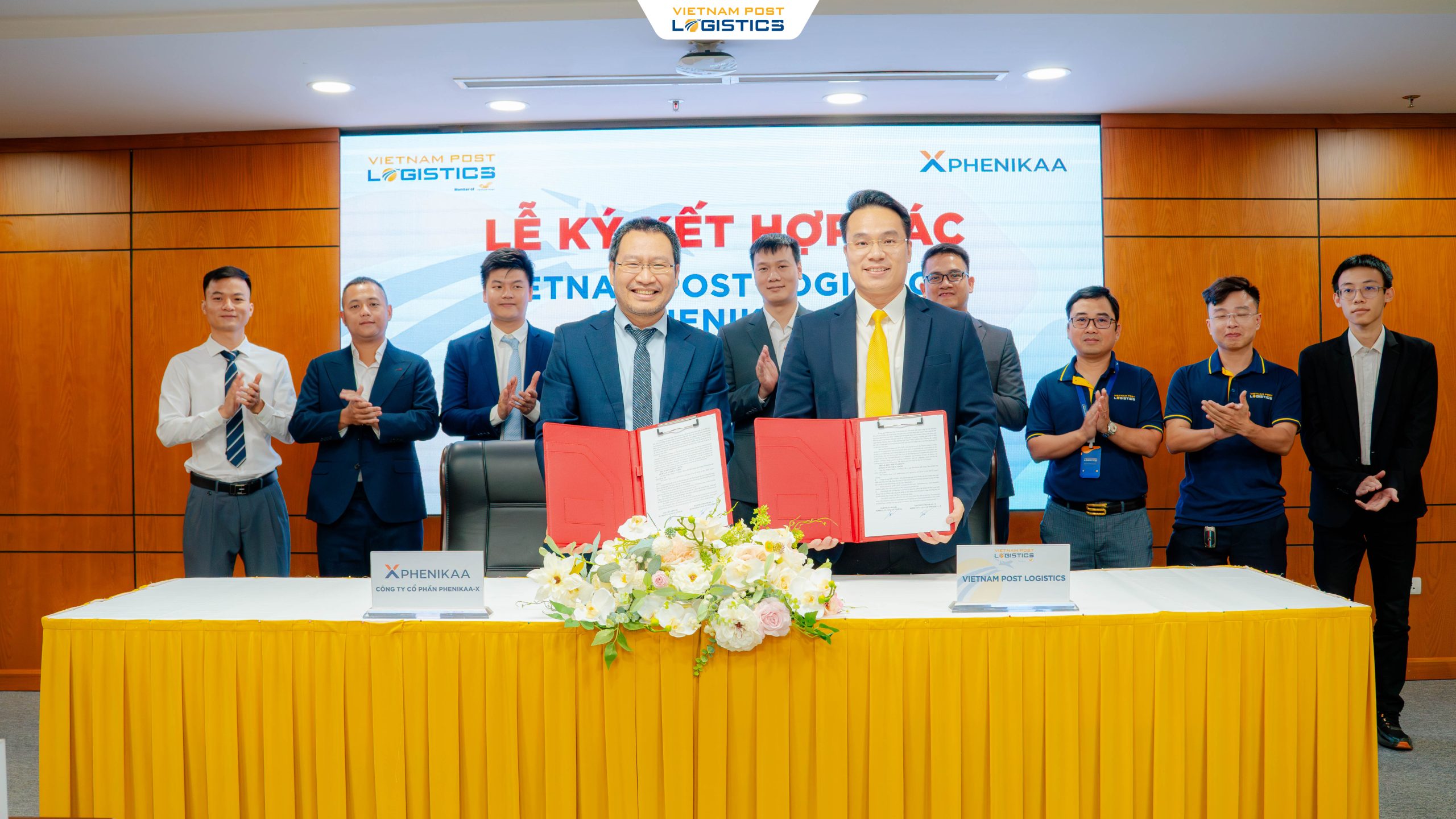
International Fulfillment for Consumer Goods: Faster Delivery – Lower Costs
 Vietnam Post Logistics
Vietnam Post Logistics
 24 July, 2025
24 July, 2025
 5 phút đọc
5 phút đọc
In recent years, the behavior of global consumers has undergone significant changes due to the rapid growth of e-commerce. Increasingly, customers prefer to shop online for essential items such as cosmetics, household goods, personal care products, and home appliances—products deeply integrated into daily life—rather than purchasing them in-store.
This trend is not limited to domestic markets. Online consumer goods shopping is expanding across borders, driving up demand for exports and cross-border sales. This presents enormous opportunities but also complex operational challenges for Vietnamese businesses aiming to reach international customers.
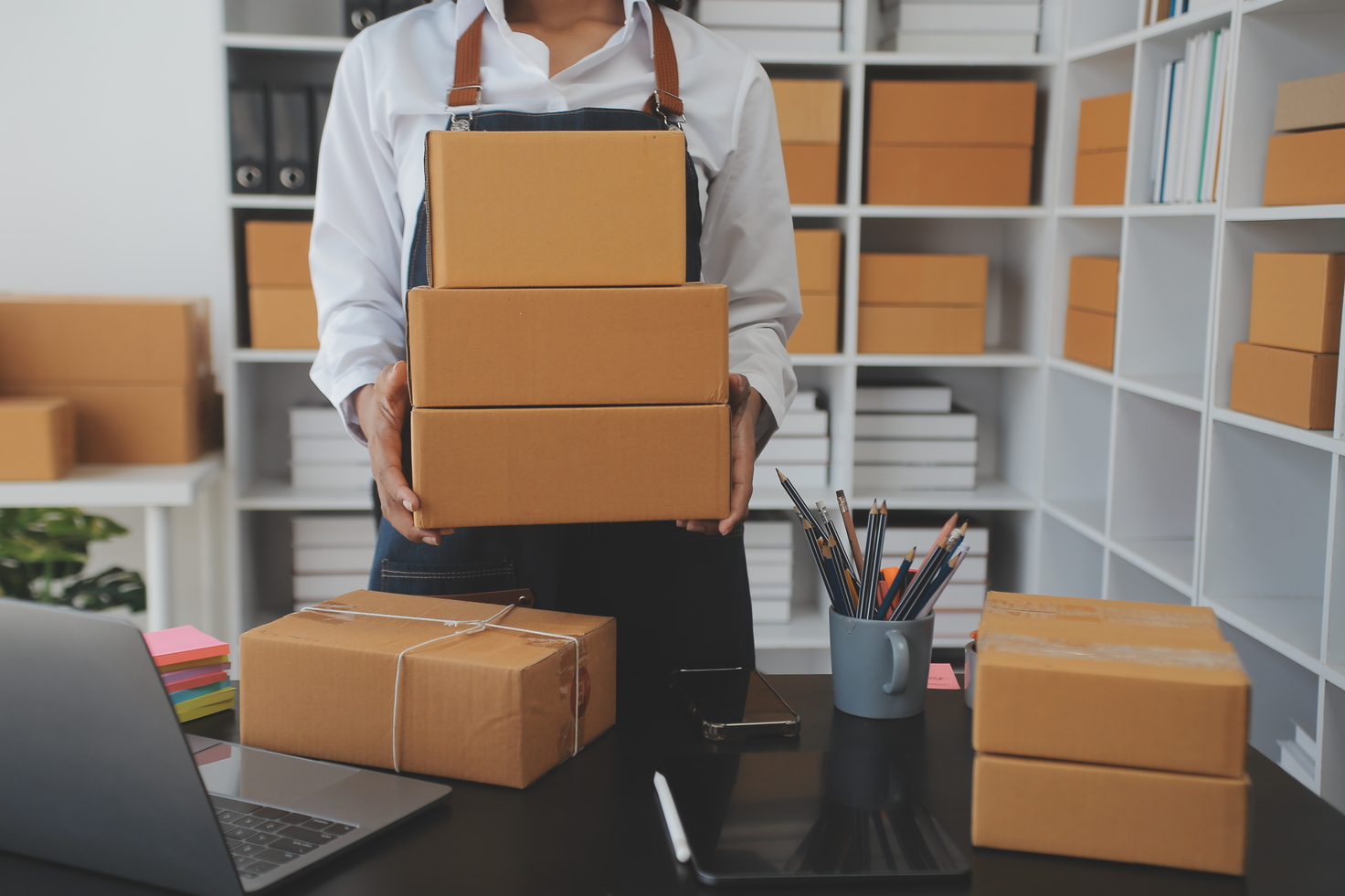
The Booming Landscape of Cross-border E-commerce for Consumer Goods
The global e-commerce market continues to show impressive growth, especially in consumer goods categories such as cosmetics, personal care, household items, and home electronics. These products enjoy consistent demand, high repeat purchase rates, and are ideal for flash sales, livestream promotions, and seasonal campaigns.
According to Statista, global e-commerce revenue from consumer goods is projected to grow at a compound annual rate of over 10% from 2025 to 2030, with especially strong momentum in emerging markets. Major platforms like Amazon, Shopee, Lazada, and TikTok Shop are investing heavily in international logistics infrastructure to help businesses expand globally and serve customers faster and more efficiently.
Operational Challenges of Selling Consumer Goods Across Borders
While expanding cross-border consumer goods sales offers immense opportunities, it also brings notable challenges:
Inventory and Lifecycle Management
- Cosmetics and personal care items have expiry dates
- Household electronics quickly become outdated
- Demand is hard to forecast for specific regions or countries
Poor inventory management can lead to overstock or stockouts during peak seasons, affecting both revenue and reputation.
Demand Volatility
Consumer goods are highly sensitive to sales events, holidays, and global shopping festivals (e.g., Black Friday, 11.11, Ramadan) as well as social media trends. A product’s sales can spike 5–10x within days and then plummet just as quickly. Cross-border operations exacerbate this unpredictability due to shipping delays and customs.
Legal and Regulatory Compliance
- Labeling, safety, and certification rules vary by country
- Cosmetics require ingredient registration
- Household electronics need safety and origin certification
- Some countries demand highly detailed technical documentation
Non-compliance can lead to products being held, returned, or destroyed—causing significant losses in both money and brand image.
Logistics and Returns Costs
Consumer goods vary in size, weight, and value—and return rates can be high. Without optimization in packaging, warehousing, transportation, and returns processing, cross-border logistics costs can erode profitability.
What Problems Does International Fulfillment Solve?
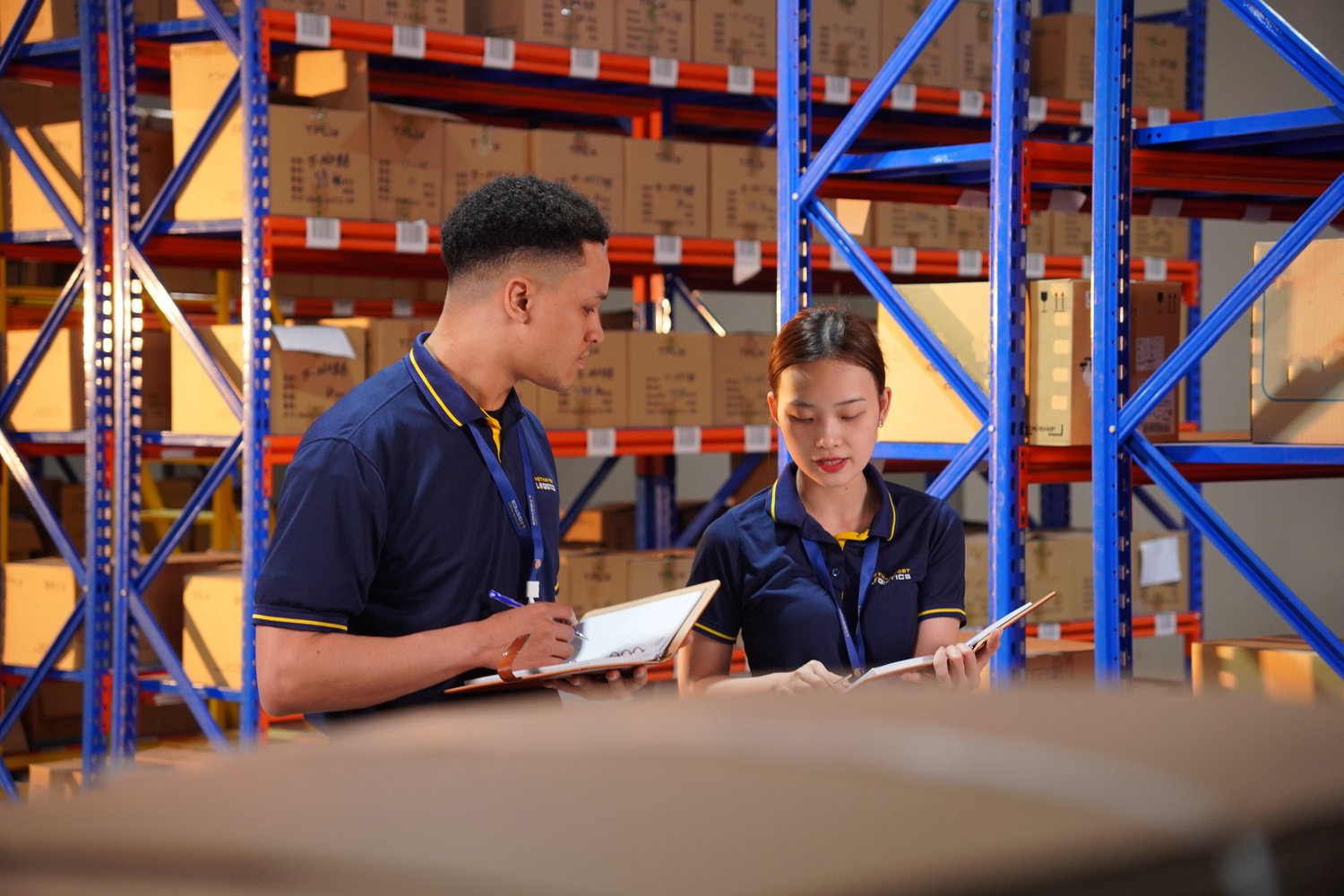
International Fulfillment—a comprehensive cross-border order fulfillment service—is emerging as a key solution for businesses in the consumer goods sector to tackle the above challenges.
A robust fulfillment system helps businesses by:
- Storing goods closer to target markets for faster delivery
- Standardizing labeling, packaging, and documentation for customs
- Integrating with e-commerce platforms for real-time order and inventory sync
- Assisting in customs declarations and export/import paperwork
- Managing cross-border returns efficiently and affordably
This allows companies to focus on product development, branding, and marketing while logistics operations are handled professionally.
Optimized Fulfillment Models for Consumer Goods
Multi-Warehouse Fulfillment
Deploy warehouses in strategic locations (e.g., Southeast Asia, Europe, North America) to shorten lead time, cut last-mile costs, and flexibly respond to demand surges.
Order Management System (OMS)
A strong OMS enables businesses to:
- Track inventory across multiple warehouses
- Route orders from the nearest location
- Sync with sales channels (e.g., e-commerce platforms, websites)
- Flag soon-to-expire or outdated inventory
Combine Fulfillment with Local Distribution
Alongside online sales, businesses can partner with local retailers or distributors to expand market presence and enhance the customer experience.
Tangible Benefits: Speed – Cost – Product Lifecycle
When applying international fulfillment to consumer goods, businesses gain practical benefits beyond cost savings and faster shipping. It creates a seamless shopping experience and a long-term competitive edge.
Faster Delivery
Direct international shipping can take 7–14 days and involves customs risks. With localized fulfillment warehouses (e.g., in the US, EU, or Singapore), delivery time can be cut to 1–3 days, matching local standards and boosting customer satisfaction and order completion rates.
Lower Operational Costs
Cross-border fulfillment leverages shared infrastructure, allowing multiple brands to share warehouses, packaging teams, and tech systems.
This leads to:
- Reduced warehousing costs
- Lower shipping fees (via volume consolidation)
- Access to advanced systems without a large investment
- Pay-per-use pricing to avoid fixed overhead during the low season
For products with modest margins, this cost optimization is crucial.
Product Lifecycle and Quality Control
Consumer goods are often seasonal or perishable. Fulfillment systems using OMS and WMS (Warehouse Management System) allow:
- Real-time inventory tracking
- Expiry and shelf-life alerts
- FIFO (First In – First Out) stock rotation
- Reduced shipping damage due to local storage
Improved Customer Experience
Top-tier fulfillment providers offer:
- Market-appropriate packaging and labeling
- Native-language instructions
- Efficient returns handling
This makes international customers feel like they’re buying domestically—boosting trust and loyalty.
Scalable Global Expansion
Businesses can quickly test new markets and scale up without investing in their warehouses or hiring large logistics teams—just by adding new fulfillment locations via a partner.
Who Should Use International Fulfillment?
- Cross-border e-commerce sellers of consumer goods
- Handling 100+ international orders/month
- Lacking logistics expertise or resources for global operations
- Seeking to optimize delivery times and costs
With flexible pay-per-use models, international fulfillment suits both SMEs and large enterprises.
Vietnam Post Logistics – Your Trusted International Fulfillment Partner
Vietnam Post Logistics is a leading provider of full-service international fulfillment for consumer goods such as cosmetics, personal care, home appliances, and other essentials.
With a wide domestic warehouse network and strategic global fulfillment centers, Vietnam Post Logistics helps businesses:
- Store and ship goods near target markets
- Handle packaging, labeling, and export documentation
- Integrate with cross-border e-commerce platforms
- Manage customs clearance efficiently
- Provide affordable and fast return solutions
Backed by years of experience in logistics and e-commerce, and a team of market-savvy experts, Vietnam Post Logistics is ready to help businesses cut costs, shorten delivery time, and conquer international consumer markets.
Có thể bạn sẽ thích?






